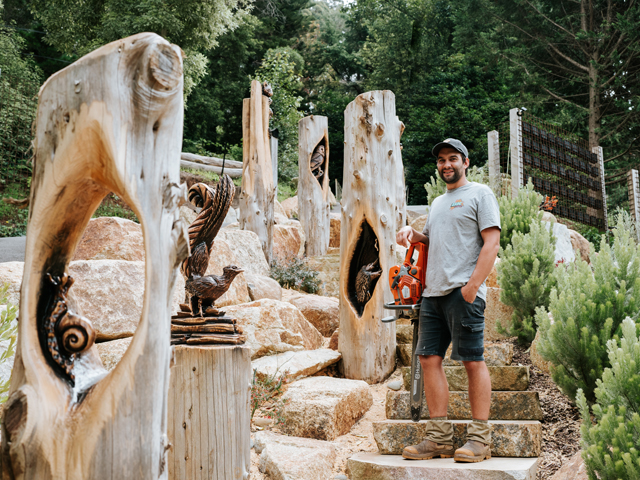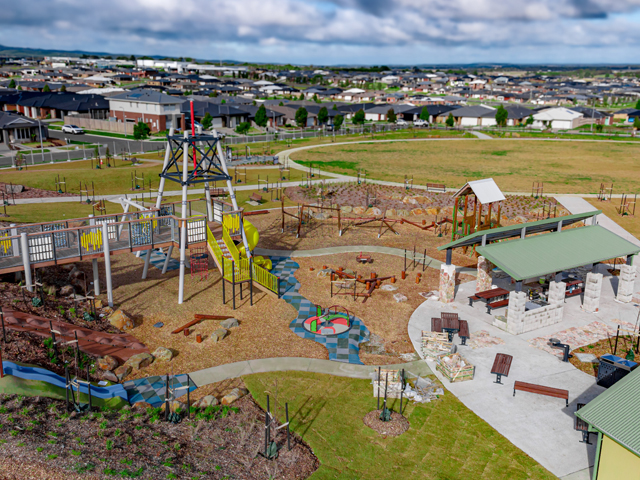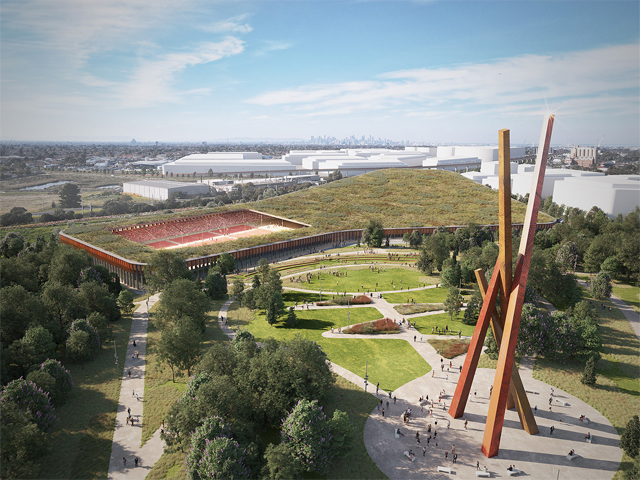FOLDABLE EMERGENCY SHELTER
17 Jun 2020
Three architects have developed a foldable emergency shelter that aims to provide protection to the sub-Saharan communities who often face unpredictable weather and other challenges.

Aleksandra Wróbel, Agnieszka Witaszek and Kamil Owczarek developed the shelter, which consists of a simple yet functional framework based on a prefab plywood board element. The structure has an easy assemble and disassemble process, and a compact and flexible structure that offers adaptability to the rapidly changing conditions.
Wróbel, Witaszek, and Owczarek used a construction system based on a single, prefabricated element: a rectangular plywood board with indentations. Each board slides into another, creating a waffle-like formation that can be put together and taken apart quickly, even by an unqualified person. The system provides a wide range of flexibility, and each wall adapts to the current needs by adding and removing horizontal and vertical boards wherever and whenever needed.
Building the shelter from identical units is crucial for its functional responsiveness; the ergonomic dimensions of each board make it possible to pack all elements on one truck and transport them to the desired site immediately, and such a process can be repeated multiple of times.
The architectural articulation of the shelter is defined by the outer walls that express the transparency of provided assistance and give a specific identity translated into the feeling of safety. In addition, the exterior structure has a purely practical function: it is a storage space for whatever necessity packages arrive at the shelter, which might be arranged freely, opening up or closing down the visual connection between the inside and outside. The remaining openings of the walls allow for natural ventilation with inlet air cooled by the vast overhang of the roof that provides shade and protects from the low sun rays in the east and west side. 
Upon entering the site, visitors can follow an ascending outdoor ramp that leads to the waiting area that is accessible for anyone seeking shelter. The path goes further alongside the outer walls, up to the management entrance, which defines another, more private space for people who work in the premises. A delivery point is located right next to the management entrance to quickly repack all goods from the truck directly to the storage room. The waiting area gives immediate access to the space devoted to assistance, reception, and monitoring and the logistics entrance to the management and organization of the emergency one. Both spaces are presented in the form of an open plan, but they might be divided with partition walls to create dedicated rooms. They are connected by a functional core where there is storage and a compostable restroom that uses wood shavings.
Storage is not a room in its physical sense – it functions like a cupboard accessible from sides only that allow the storage of packages along its entire length (2.4 metres). The storage’s construction – unlike the construction system of outer walls – makes it possible to change the position of horizontal elements to customize the space to store packages of various sizes. Adjacent to the restroom, there is a water tank for collecting rainwater that, thanks to the filtration process, might be distributed for people. 
Via designboom | Images courtesy of Aleksandra Wróbel, Agnieszka Witaszek and Kamil Owczarek

MORE NEWS

HARNESSING THE POWER OF DESIGN TO TRANSFORM CITIES

WOOD CARVING WITH BRANDON KROON

JARRAHDALE TRAIL CENTRE TAKES DESIGN CUES FROM NATIVE FLORA

STRIKING GOLD IN BALLARAT

MASTERPLAN FOR INCLUSIVE, CLIMATE-RESILIENT COMMUNITY PARK IN LISMORE

